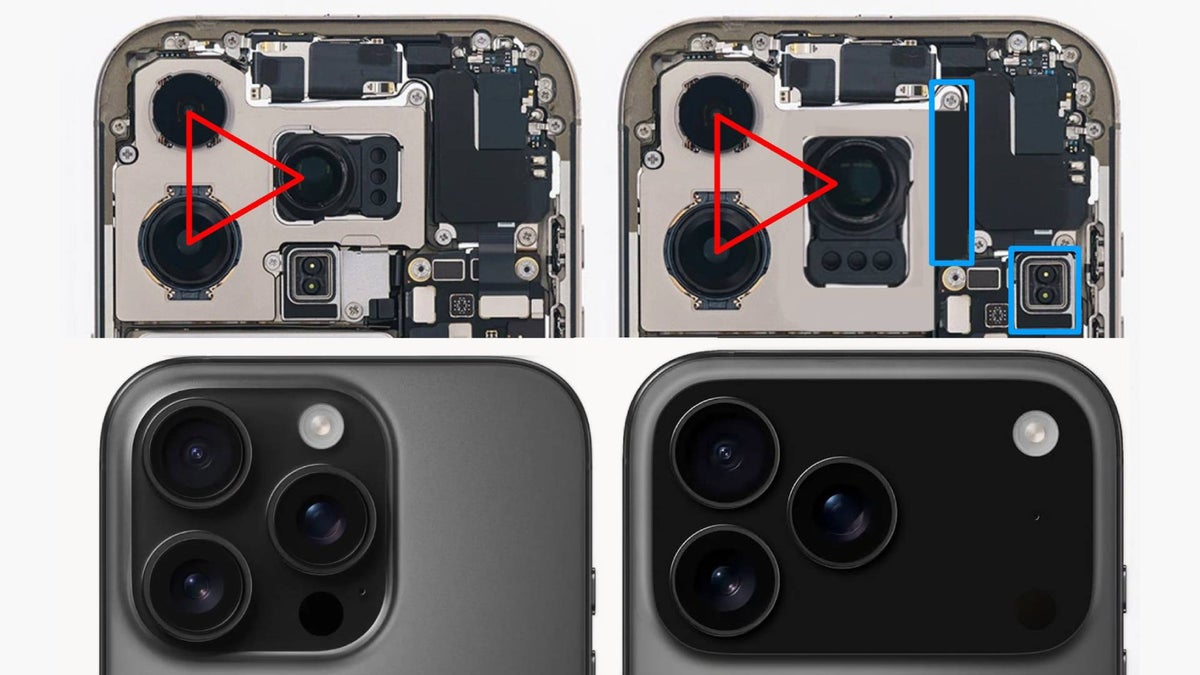The best lenses for the Sony A7 II: make the most of this veteran camera
What are the best lenses for the Sony A7 II? I reckon they need to be good but reasonably priced.

I'm pleased that the Sony A7 II is still going, and that it's become ourtrageously good value for money, considering its 24MP sensor and in-body stabilization, inherited by later models down the line. After the original Sony A7 finally went out of production, the A7 II became the cheapest full frame Sony you could buy and one of the best cheap cameras to buy.
I like Sony’s policy of keeping older cameras on sale at reduced prices alongside newer ones. Previous-generation tech doesn't matter for bargain seekers, beginners, and students wanting to get a foot in the door to Sony’s mirrorless camera ecosystem.
A good 24-megapixel sensor deserves lenses that are good enough to do it justice. At the same time, Sony A7 II buyers will be keeping an eye on the budget, so I’ve also picked out lenses that offer real value for money and are sensible buys, given the A7 II’s low cost.
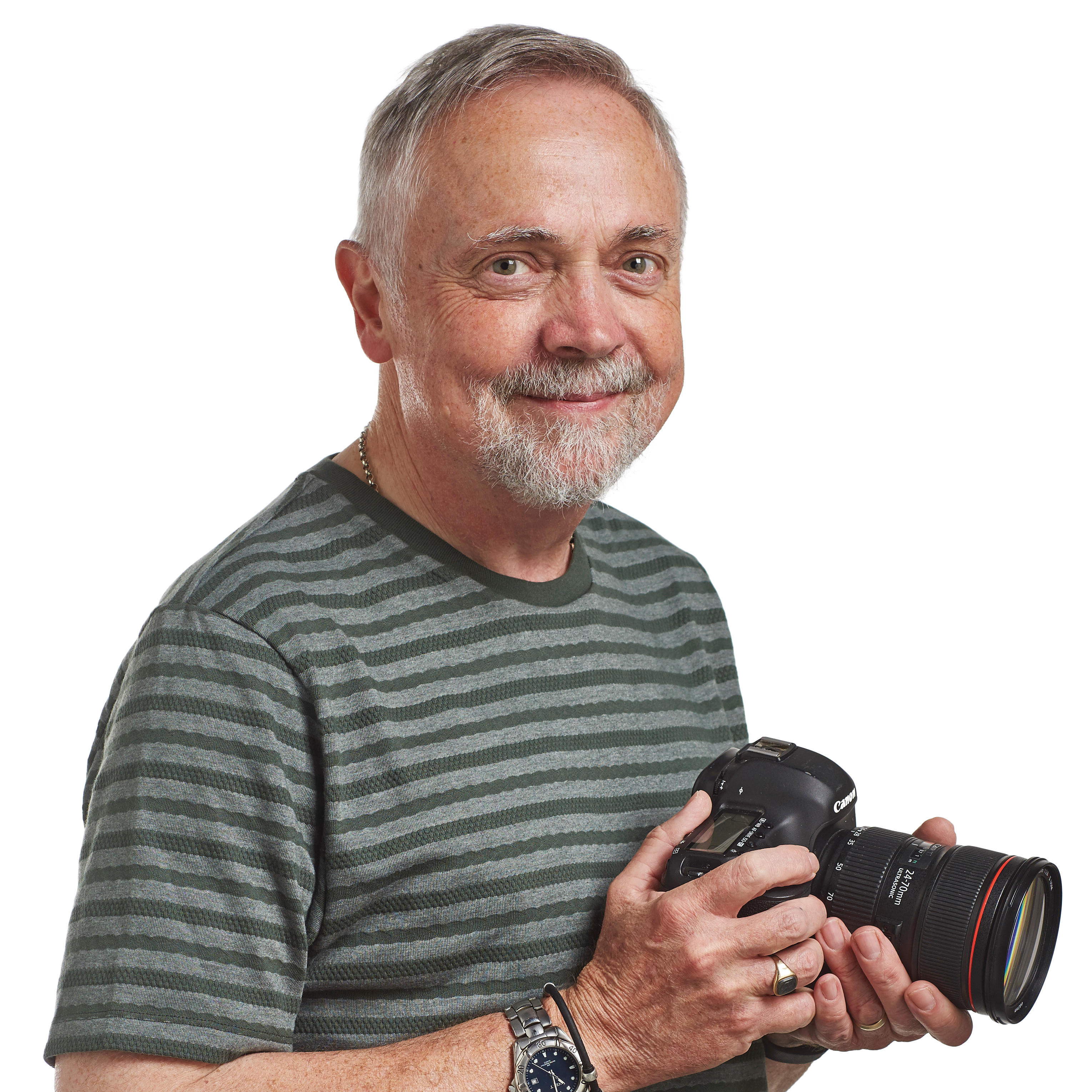
Rod is an independent photography journalist and editor, and a long-standing Digital Camera World contributor, having previously worked as DCW's Group Reviews Editor. He has used practically every interchangeable-lens camera launched in the past 20 years, from entry-level DSLRs to medium-format cameras, so he has the expertise to select the best Sony lenses for you.
The Quick List
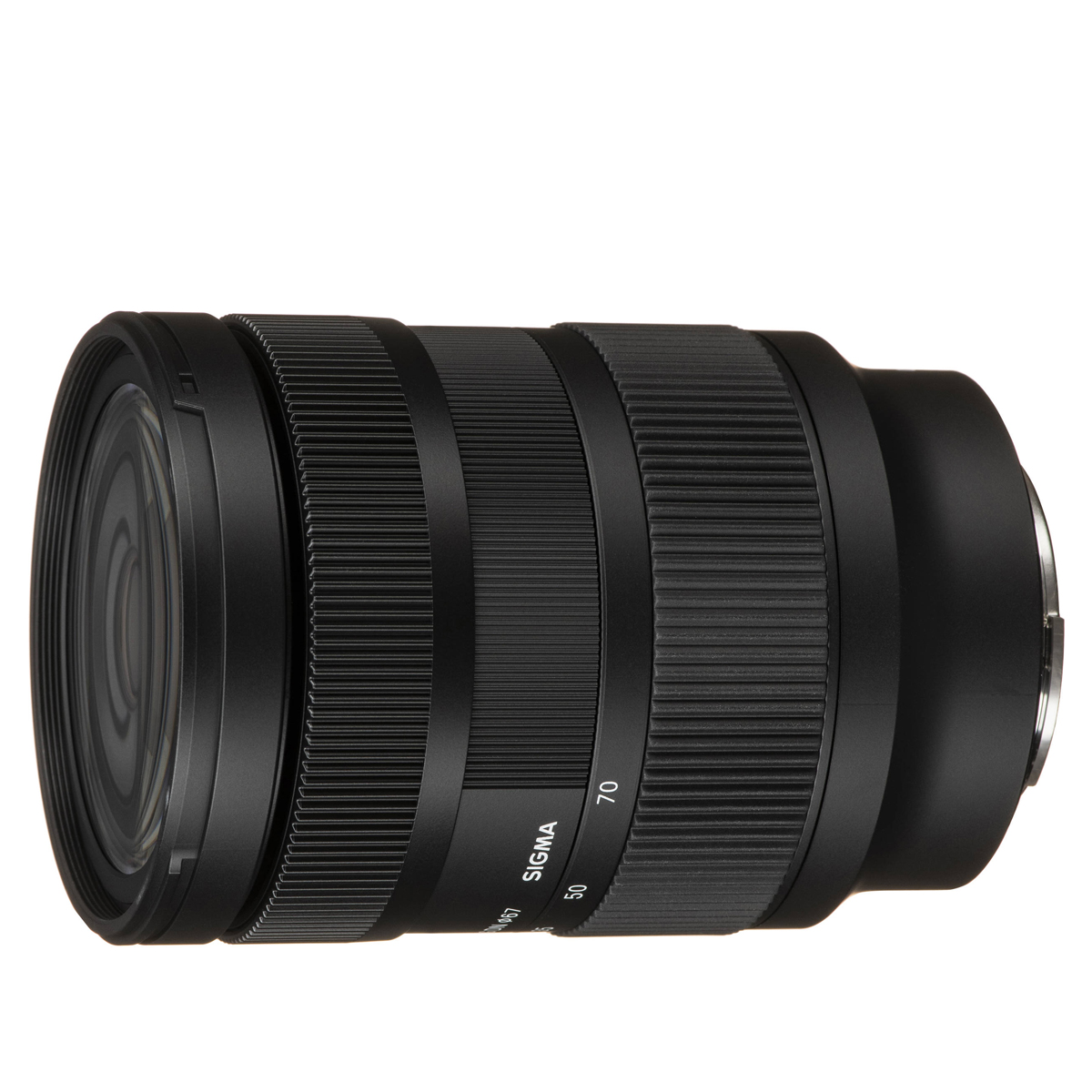
I think this is a worthy upgrade from the A7 II’s kit lens, with lovely, smooth handling and a constant f/2.8 maximum aperture. Read more below…
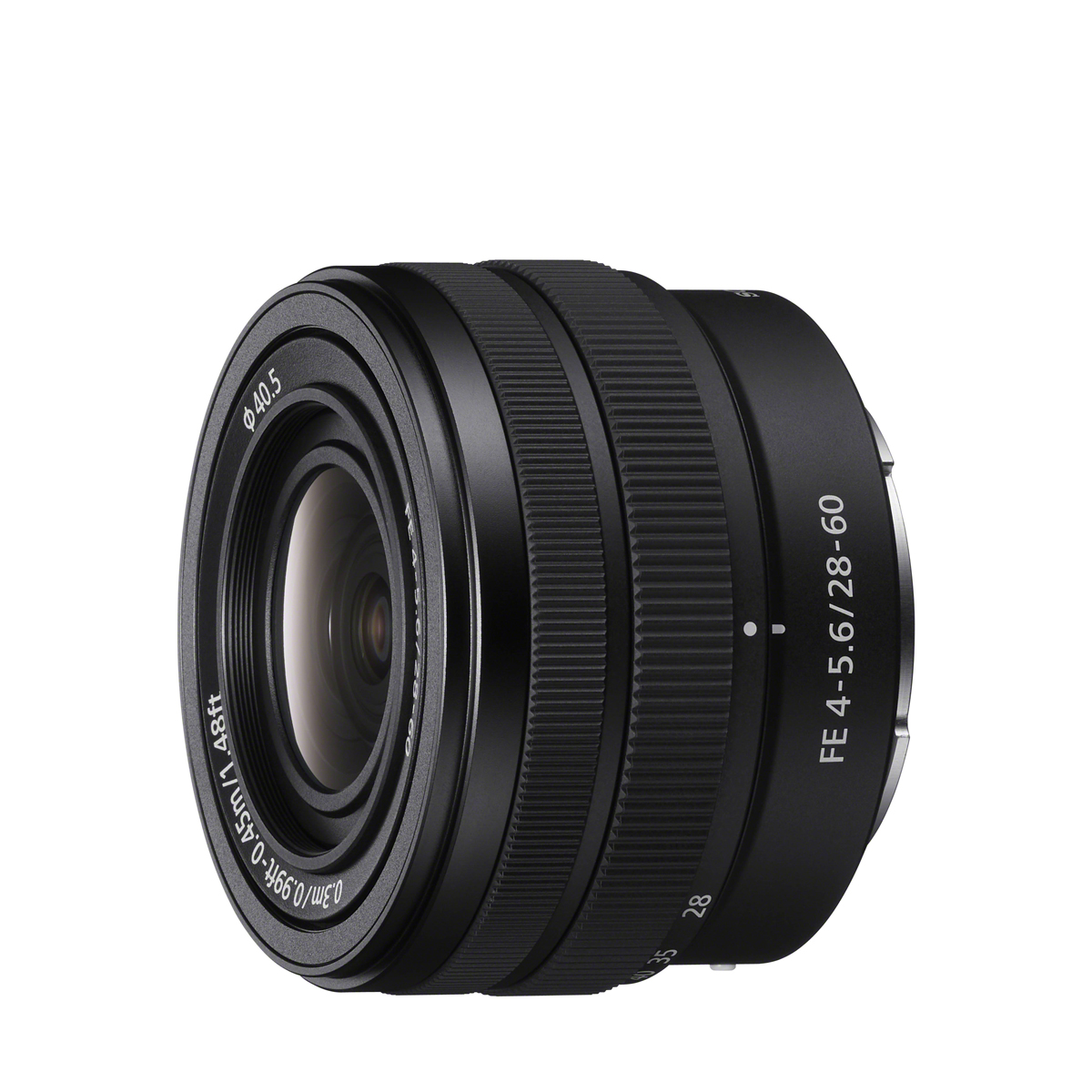
When luggage space is tight, this is half the size of a typical lens, but it’s still capable of capturing very nice shots. Read more below…
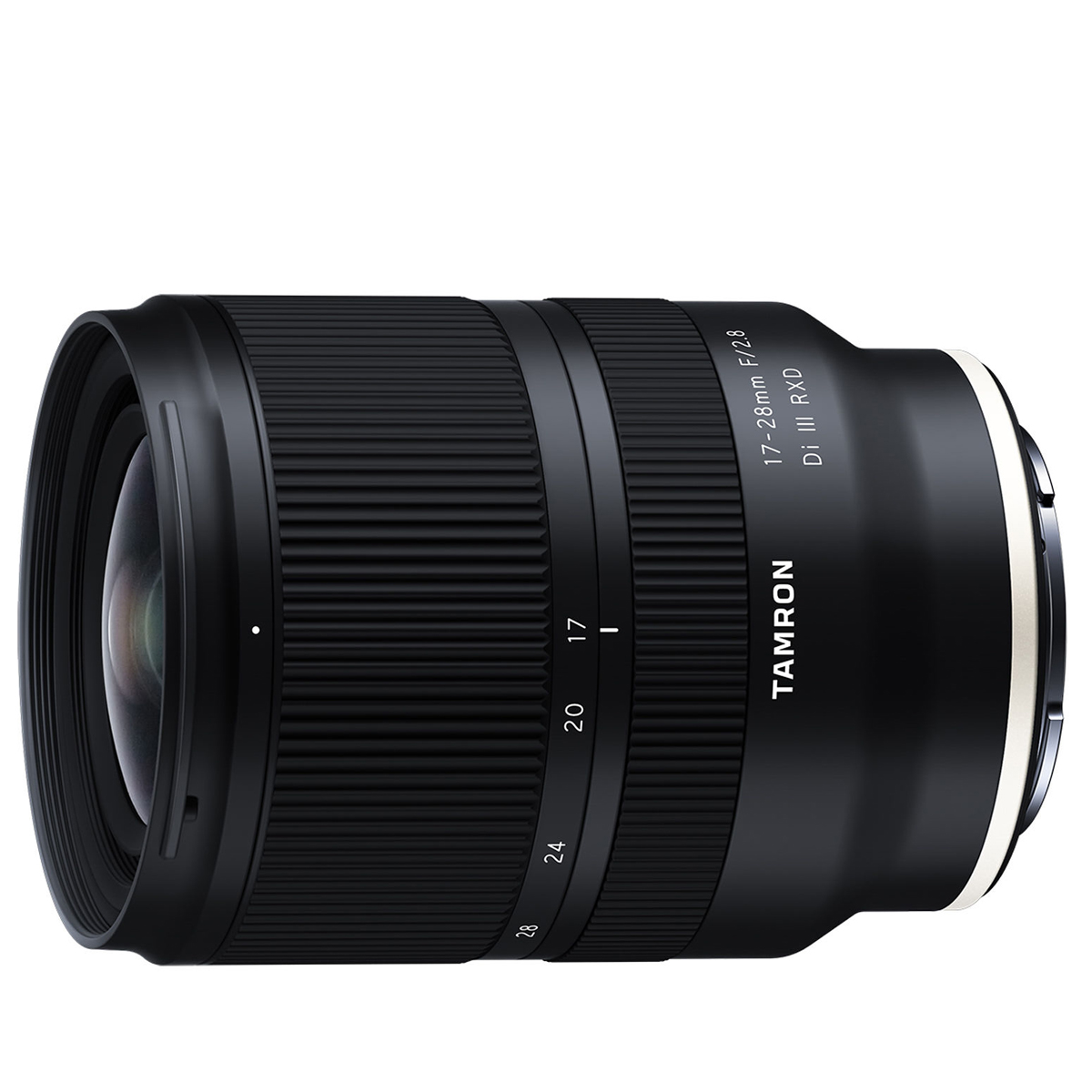
This zoom is competitively priced for a wide-angle zoom, but still delivers on performance. It’s physically a good match for the A7 II too. Read more below…
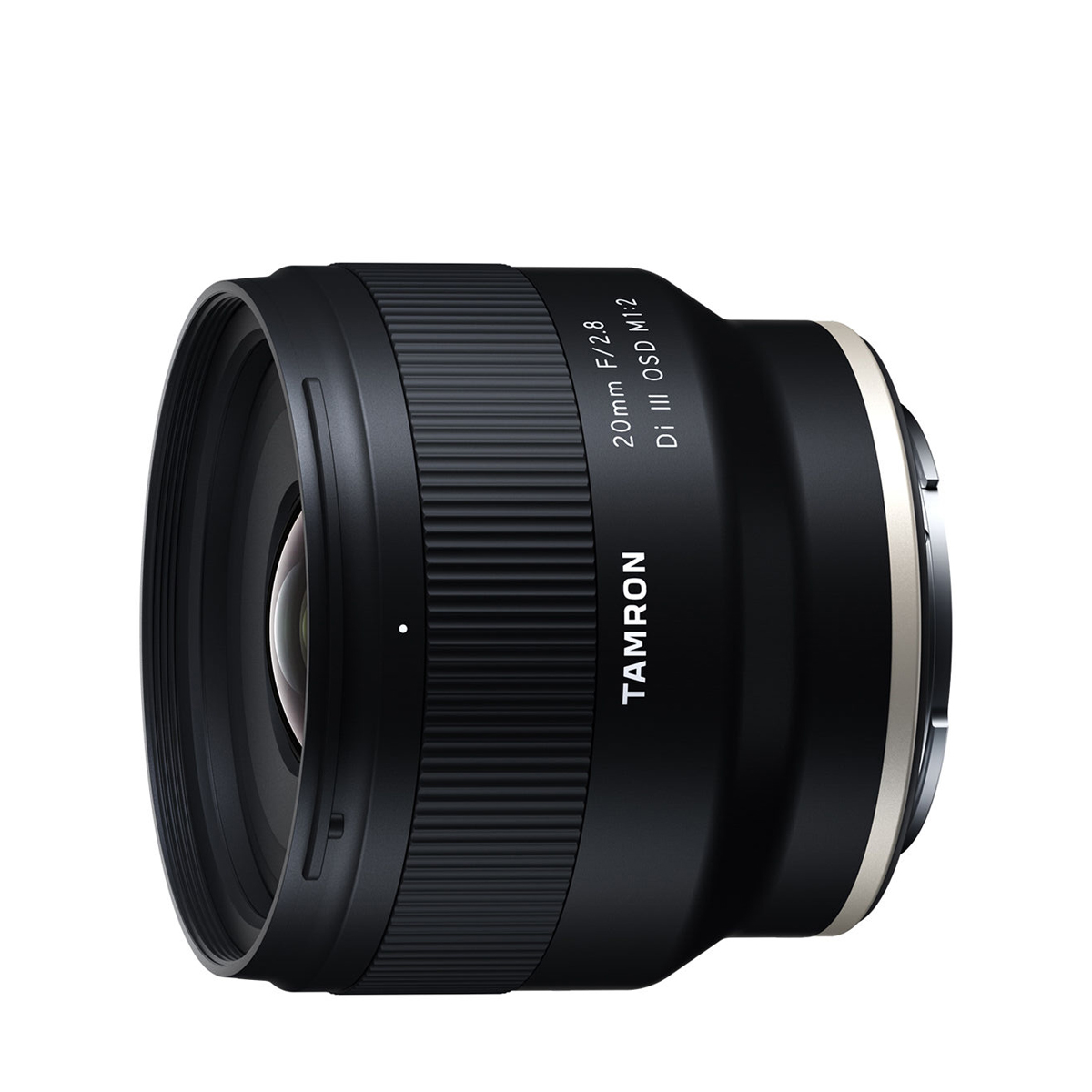
Not only does this prime lens capture exceptionally detailed images, but it also serves as a respectable macro lens. Read more below…
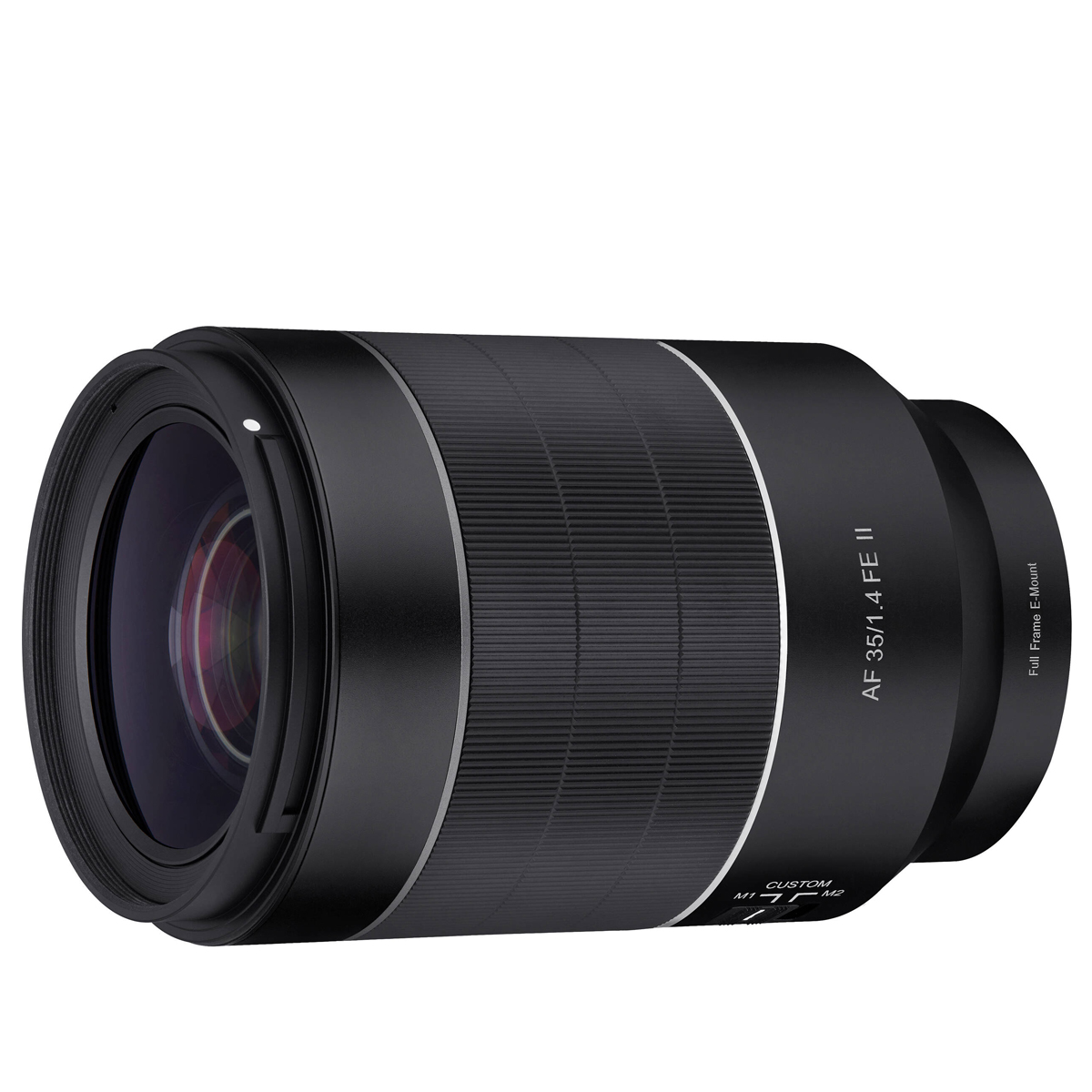
I feel that this prime offers all the essential features that street photographers love, with a bonus that’ll appeal to videographers. Read more below…
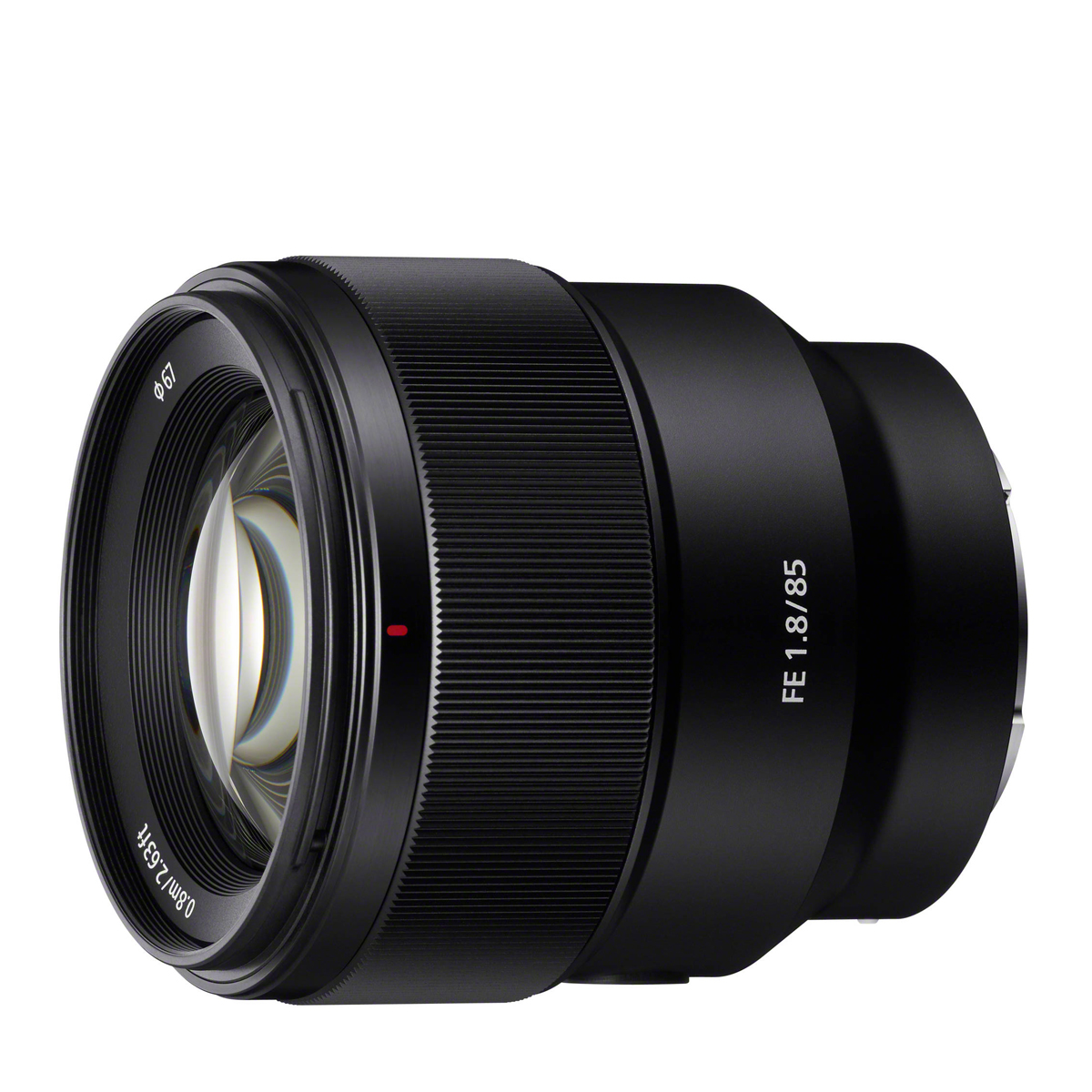
While there are portrait lenses with a wider maximum aperture, this prime is only slightly narrower, but much lighter. Read more below…
View the full list ⤵
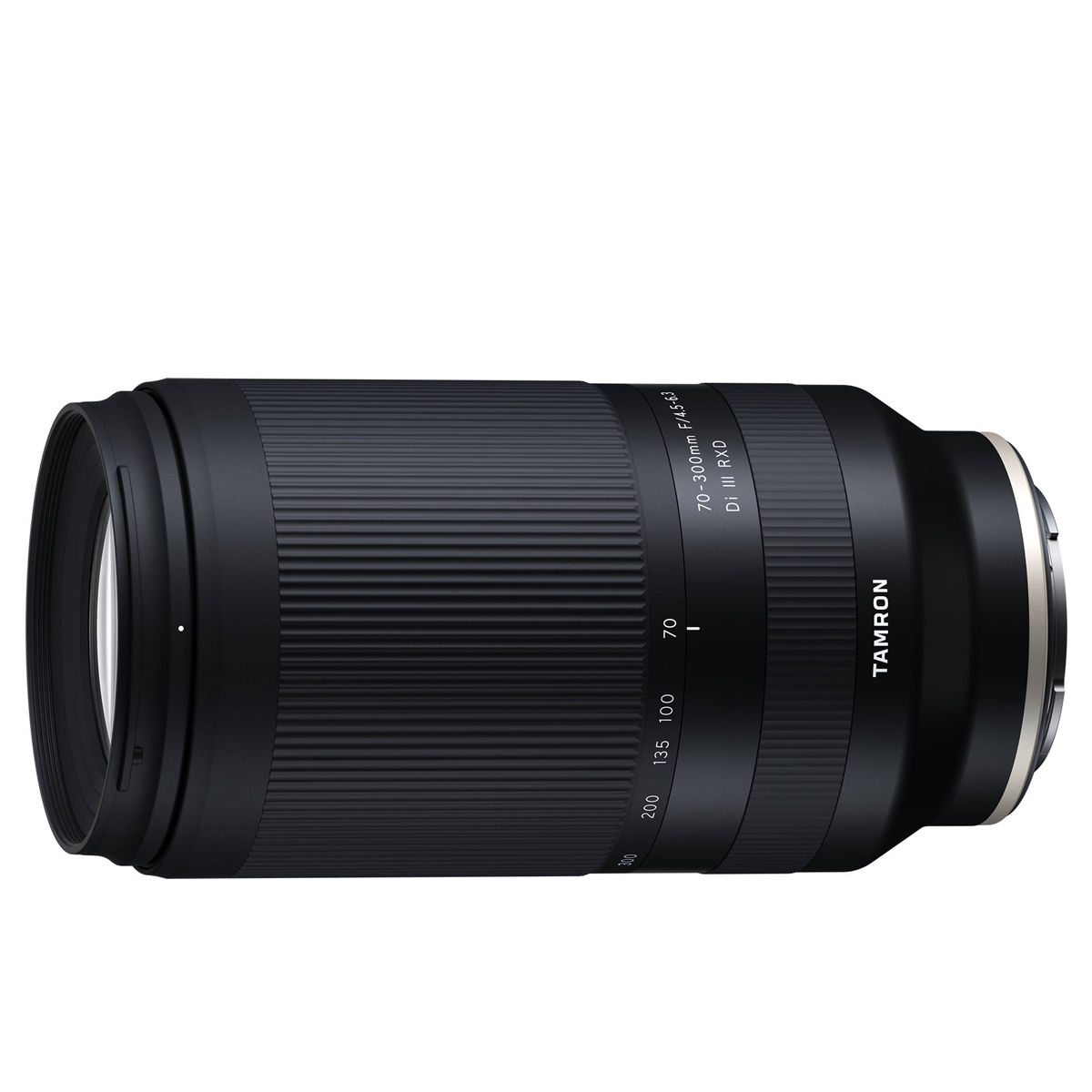
I love the classic 70-300mm zoom range and typically compact build, making this a good lens for sports and wildlife photography. Read more below…
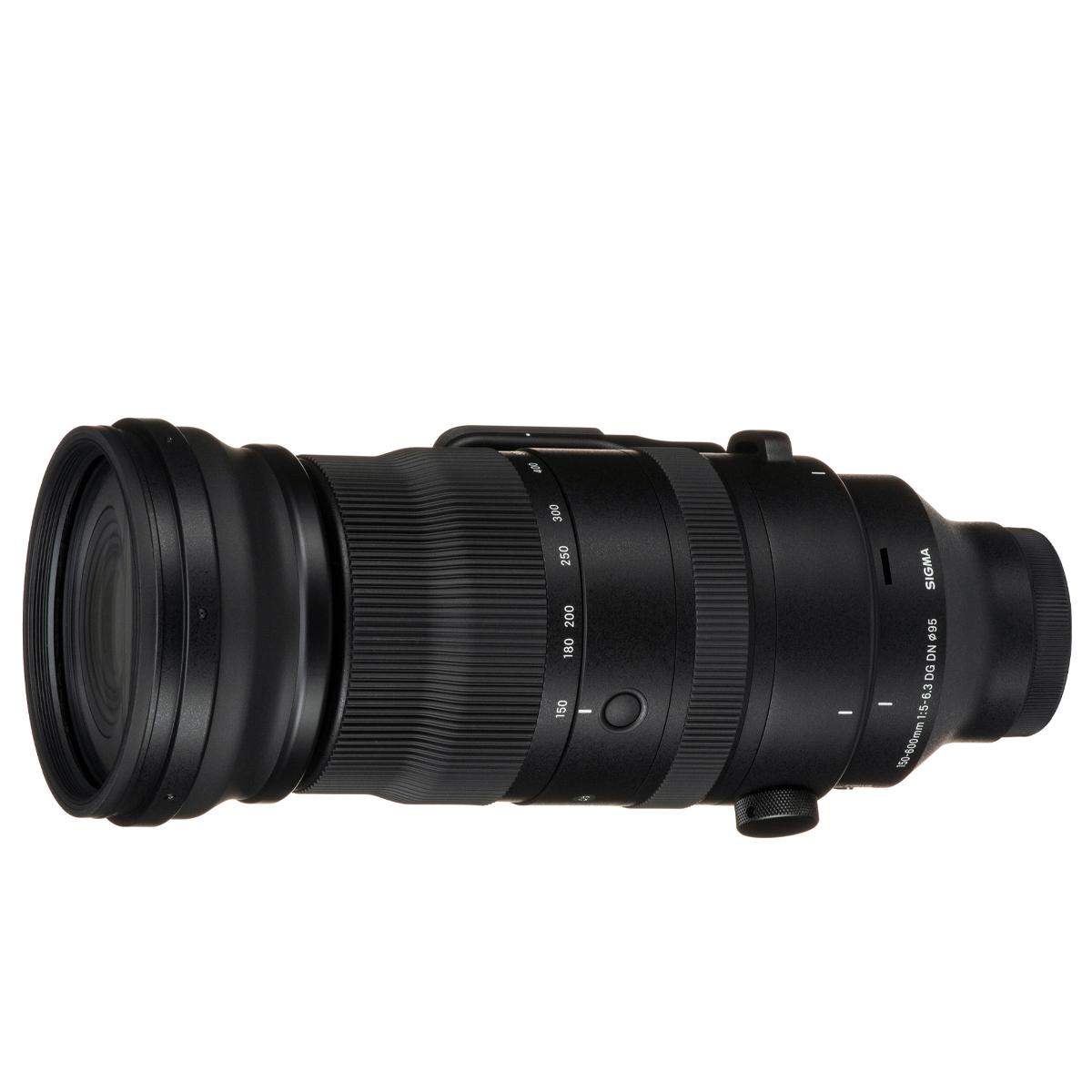
This is a terrific choice for getting really close to the action, with plenty of controls to help you manage zoom and focusing. Read more below…
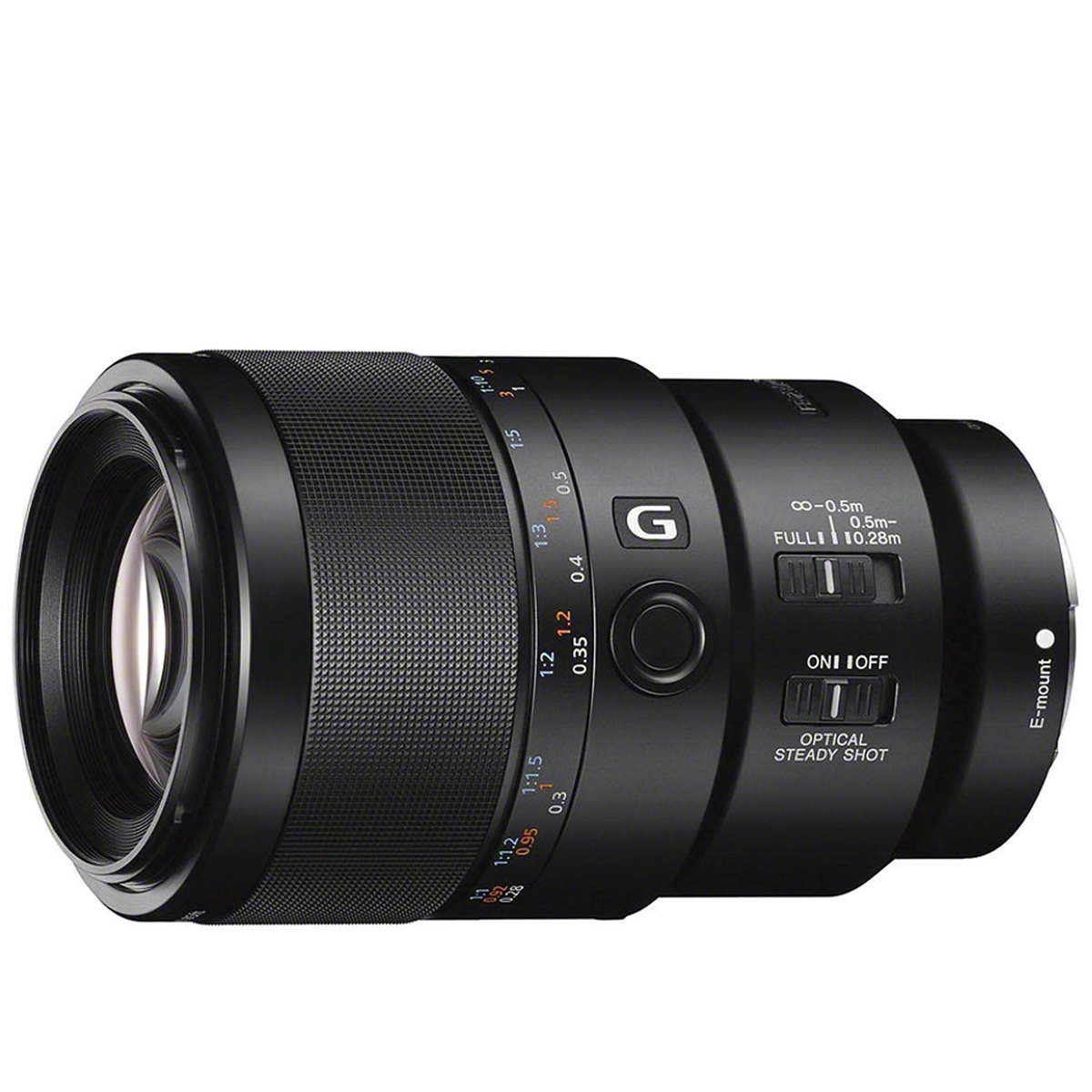
This is a superior option for close-up photography, with lifesize magnification and plenty of controls for achieving focus. Read more below…
Best lenses for the Sony A7 II
Why you can trust Digital Camera World
Best everyday lens for the A7 II
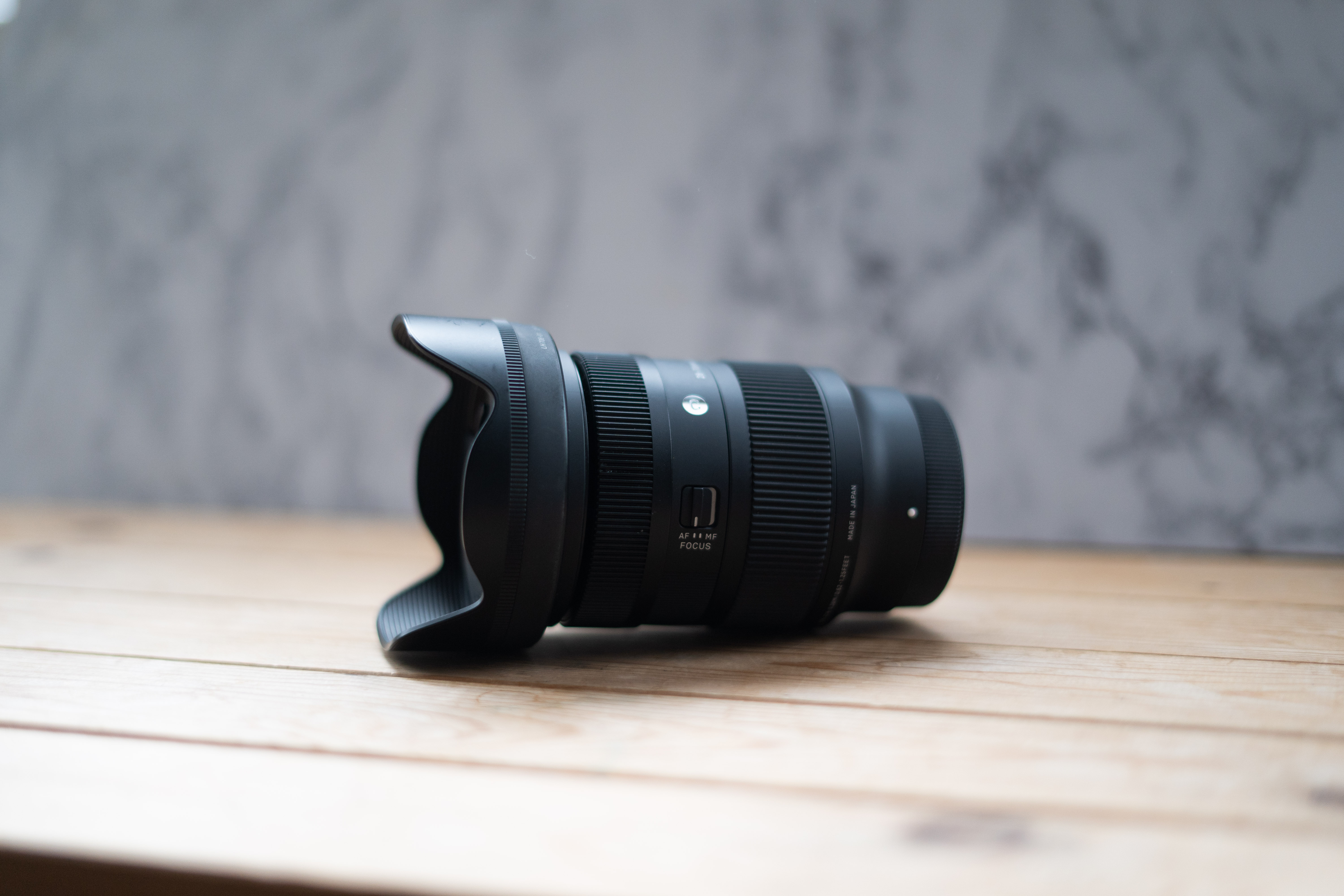
Specifications
Reasons to buy
Reasons to avoid
The Sigma 28-70mm f/2.8 DG DN | C offers a real step up in class from the standard Sony FE 28-70mm f/3.5-5.6 OSS kit lens by offering superior optics and a constant f/2.8 maximum aperture. It's an affordable alternative to the Sony 24-70mm f/2.8 G Master lens, offering a slightly reduced focal range at a massively reduced price. The Sigma offers good build quality, with a zoom ring action that’s so smooth you can rotate fully from 28-70mm with ease. My only real complaint is that it’s not fully weather-sealed, so it’s not suited to rainy conditions.
Read more: Sigma 28-70mm f/2.8 DG DN | C review
Best travel lens for the A7 II
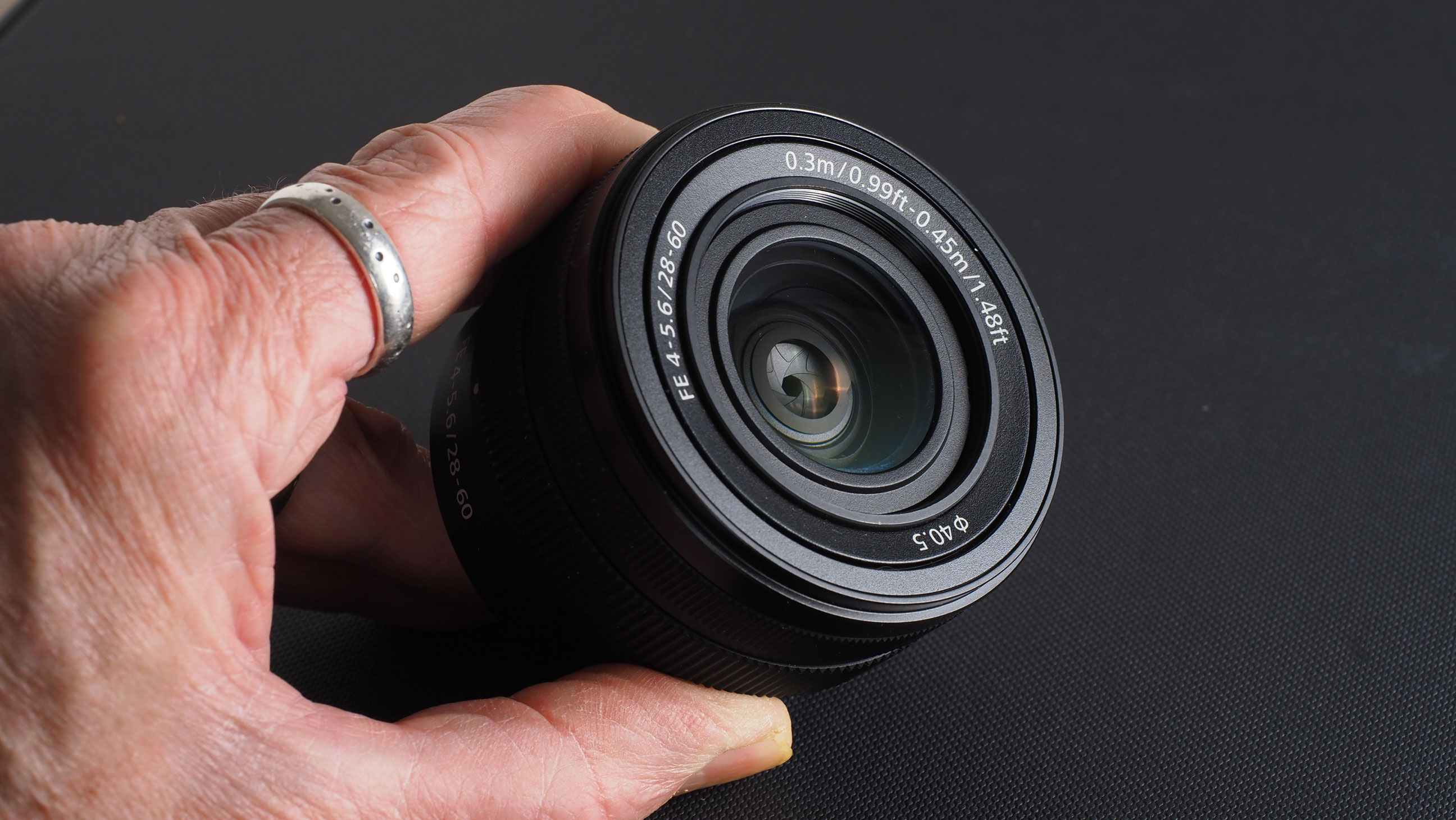
Specifications
Reasons to buy
Reasons to avoid
This downsized standard zoom was originally introduced with the Sony A7C, but is also available separately. If you got your Sony A7 II with the Sony FE 28-70mm f/3.5-5.6 OSS, you might be wishing you could swap it for something smaller. Or, if you bought your A7 II body only, this could be the perfect travelling companion.
Optically, the FE 28-60mm f/4-5.6 is remarkably good, despite its diminutive design. It doesn't have image stabilization – but then the A7 II does, so that hardly matters. I feel the main disadvantage is the small 2x zoom range, which does hamper this lens's versatility somewhat.
Read more: Sony FE 28-60mm f/4-5.6 review
Best wide-angle zoom lens for the A7 II
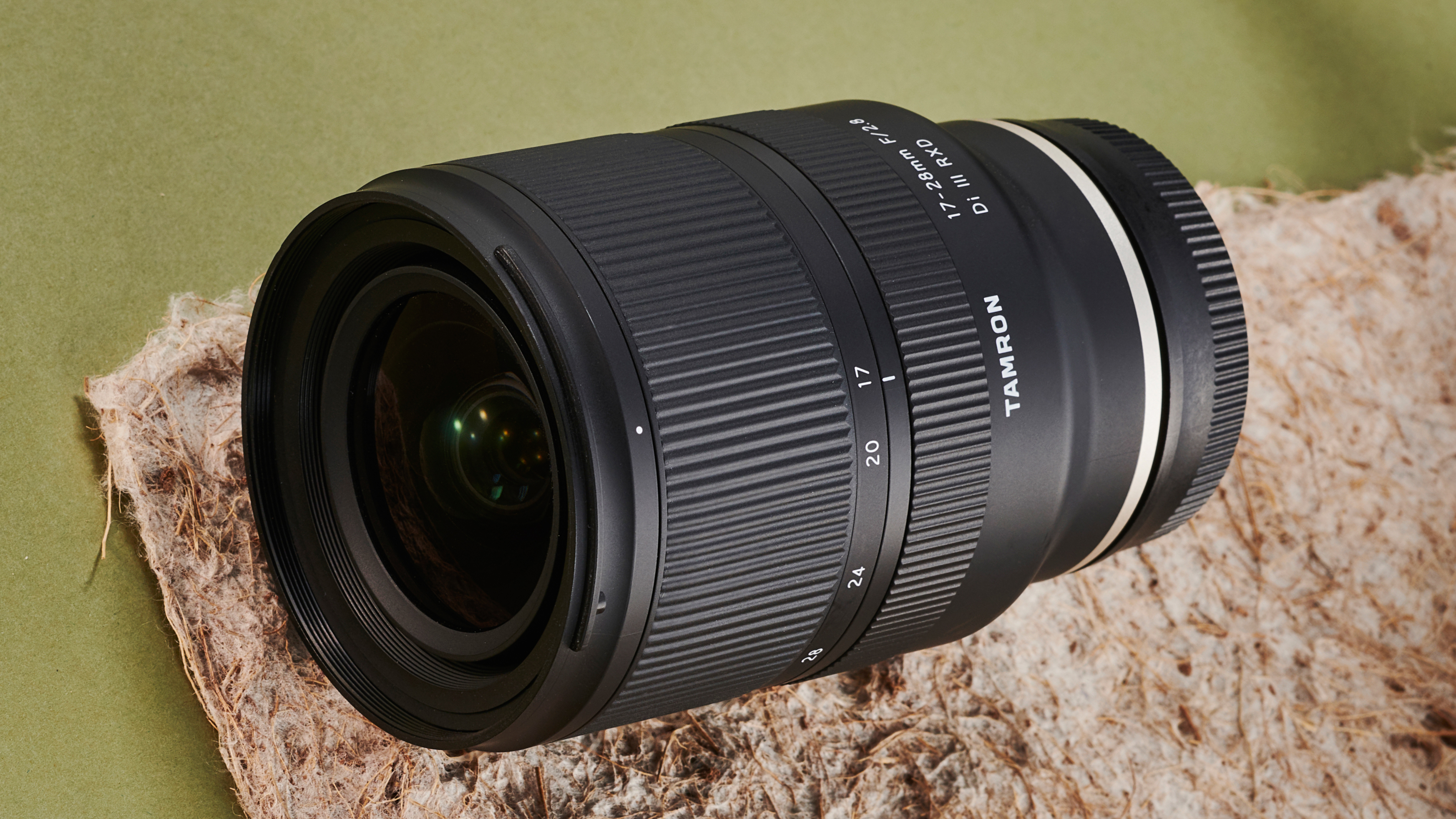
Specifications
Reasons to buy
Reasons to avoid
Every photographer needs an ultra-wide-angle zoom sooner or later, especially if you're into landscape or travel photography. The trouble is, these normally cost a packet, especially for full-frame cameras like the A7 II – but Tamron has come to the rescue with the Tamron 17-28mm f/2.8 Di III RXD.
It's still not cheap, exactly, but it costs way less than its Sony-branded equivalents, and it has a constant f/2.8 maximum aperture too. It’s also smaller and lighter, and nicely balanced on the A7 II. I also like it for architectural interiors and astrophotography.
Read more: Tamron 17-28mm f/2.8 Di III RXD review
Best wide-angle prime lens for the A7 II
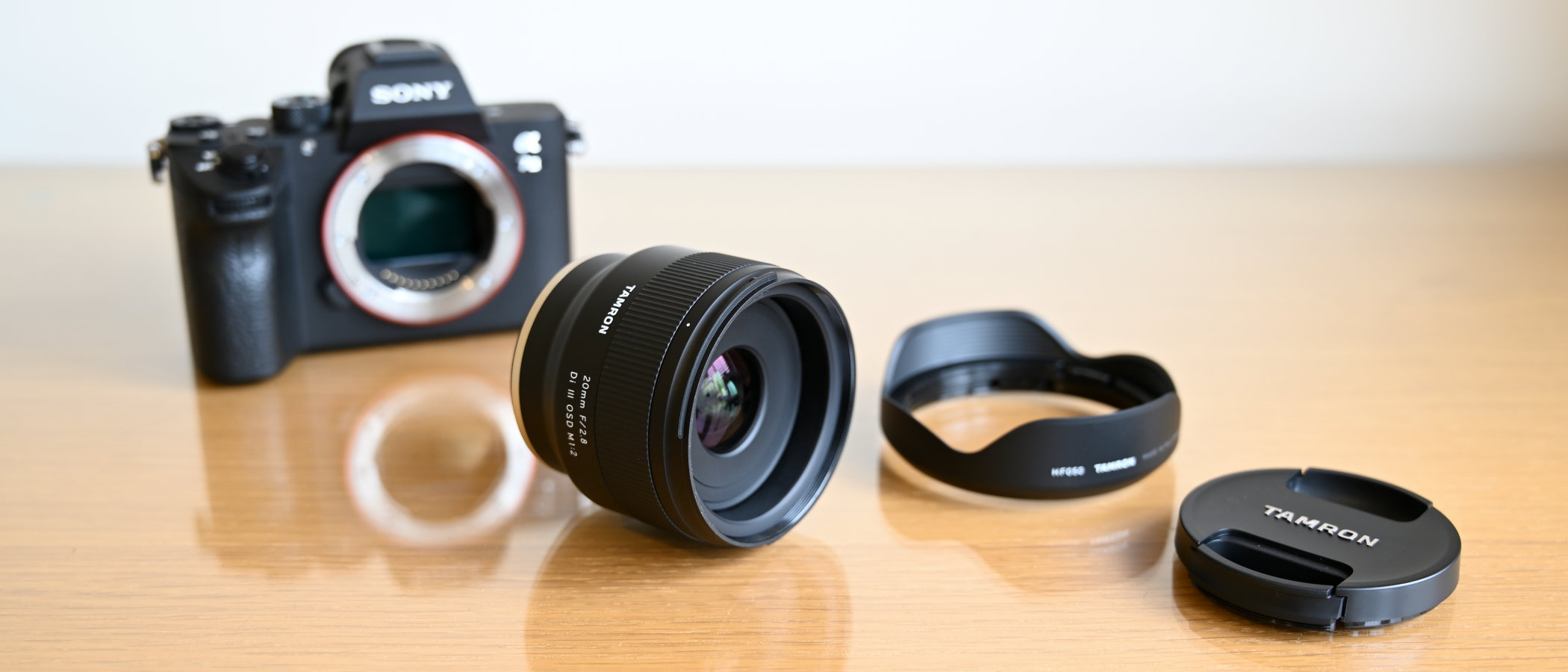
Specifications
Reasons to buy
Reasons to avoid
The remarkable Tamron 20mm f/2.8 Di III OSD M 1:2 isn't just an ultra-wide prime lens, but also a half-life-size macro lens capable of extreme close-ups. Perhaps the most remarkable thing of all is the low, low price for such a useful lens and one with really rather good optical performance. If you don't want to stretch to the Tamron 17-28mm zoom, this will give you much of the wide-angle capability at a fraction of the price. It's very compact and lightweight as well, and I feel it's well suited to street photography.
Read more: Tamron 20mm f/2.8 Di III OSD review
Best street photography lens for the A7 II
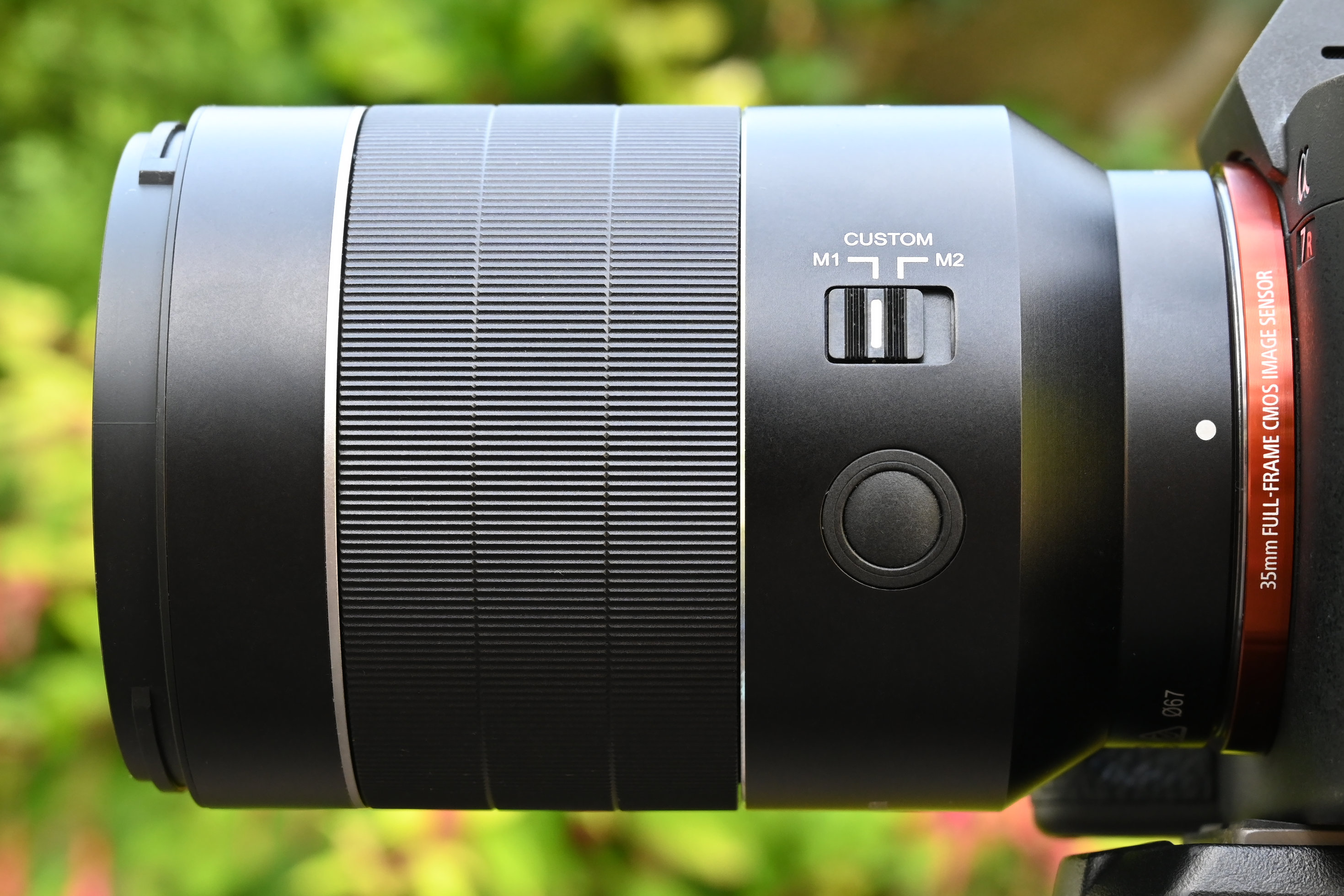
Specifications
Reasons to buy
Reasons to avoid
I feel that the Samyang AF 35mm f/1.4 FE II covers all the bases for keen street photographers, with a wide but natural viewing perspective and a wide aperture that helps you maintain fast shutter speeds even as the light dims.
This Mark II version adds a two-way Custom switch that enables you to use the focus control ring for either for autofocus override or de-clicked aperture control, which is something videographers really value. But the big appeal here is the price compared with the competing Sony FE 35mm f/1.4 G Master.
Read more: Samyang AF 35mm f/1.4 FE II
Best portrait lens for the A7 II
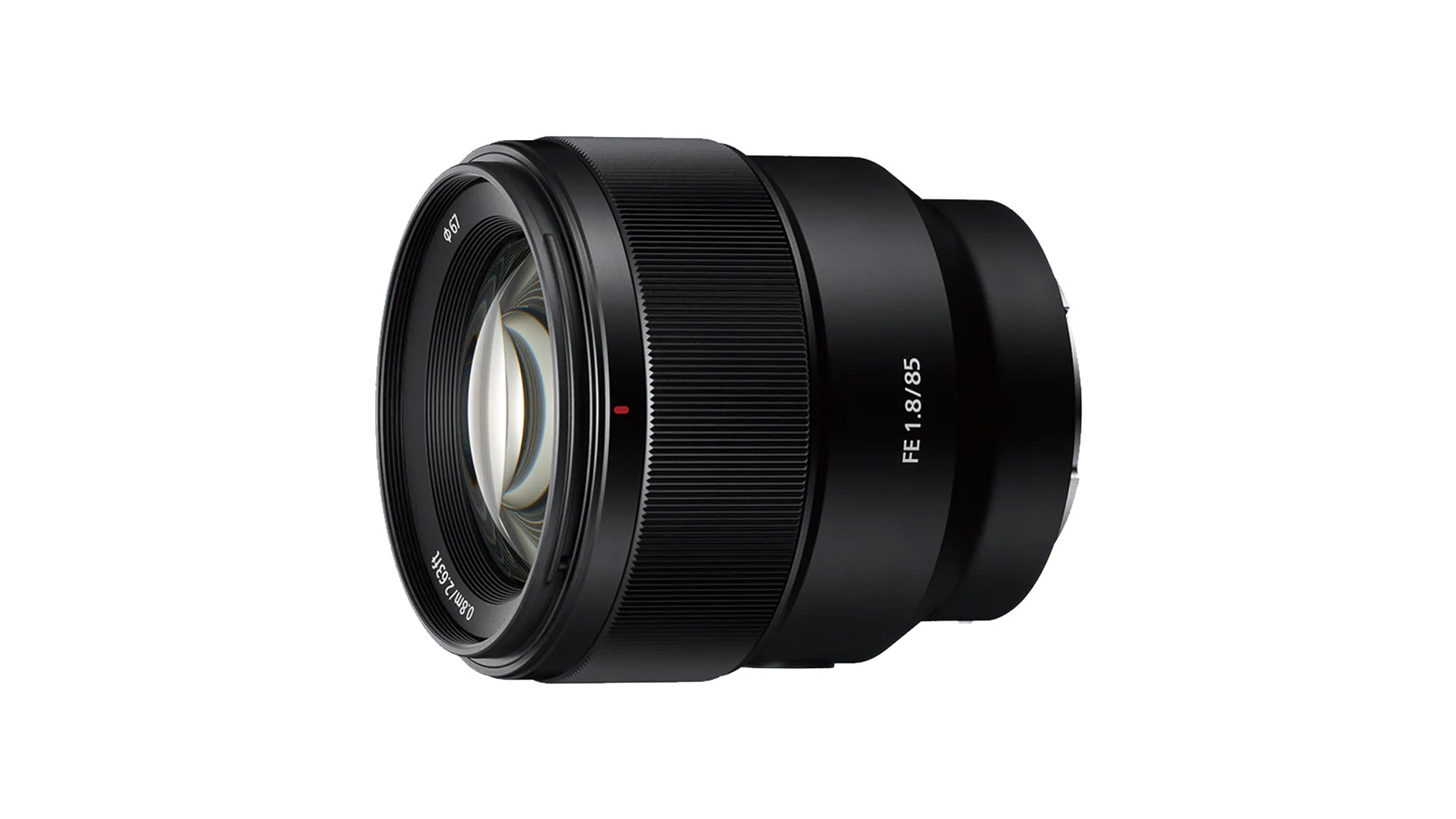
Specifications
Reasons to buy
Reasons to avoid
If you shoot portraits, you'll want a portrait lens. While an 85mm f/1.4 is the classic choice, the optic path needed to achieve f/1.4 aperture really pushes up the price. For that reason, I'd recommend the Sony FE 85mm f/1.8 as a lower-cost portrait lens that’s better suited to the Sony A7 II.
The maximum aperture is only a little smaller and it will still deliver almost as much background blur as an f/1.4 lens. It's typically much cheaper and less than half the weight of the Sony f/1.4 version. Handling is smooth, build quality is solid and image quality is very good.
Read more: Sony FE 85mm f/1.8 review
Best telephoto lens for the A7 II
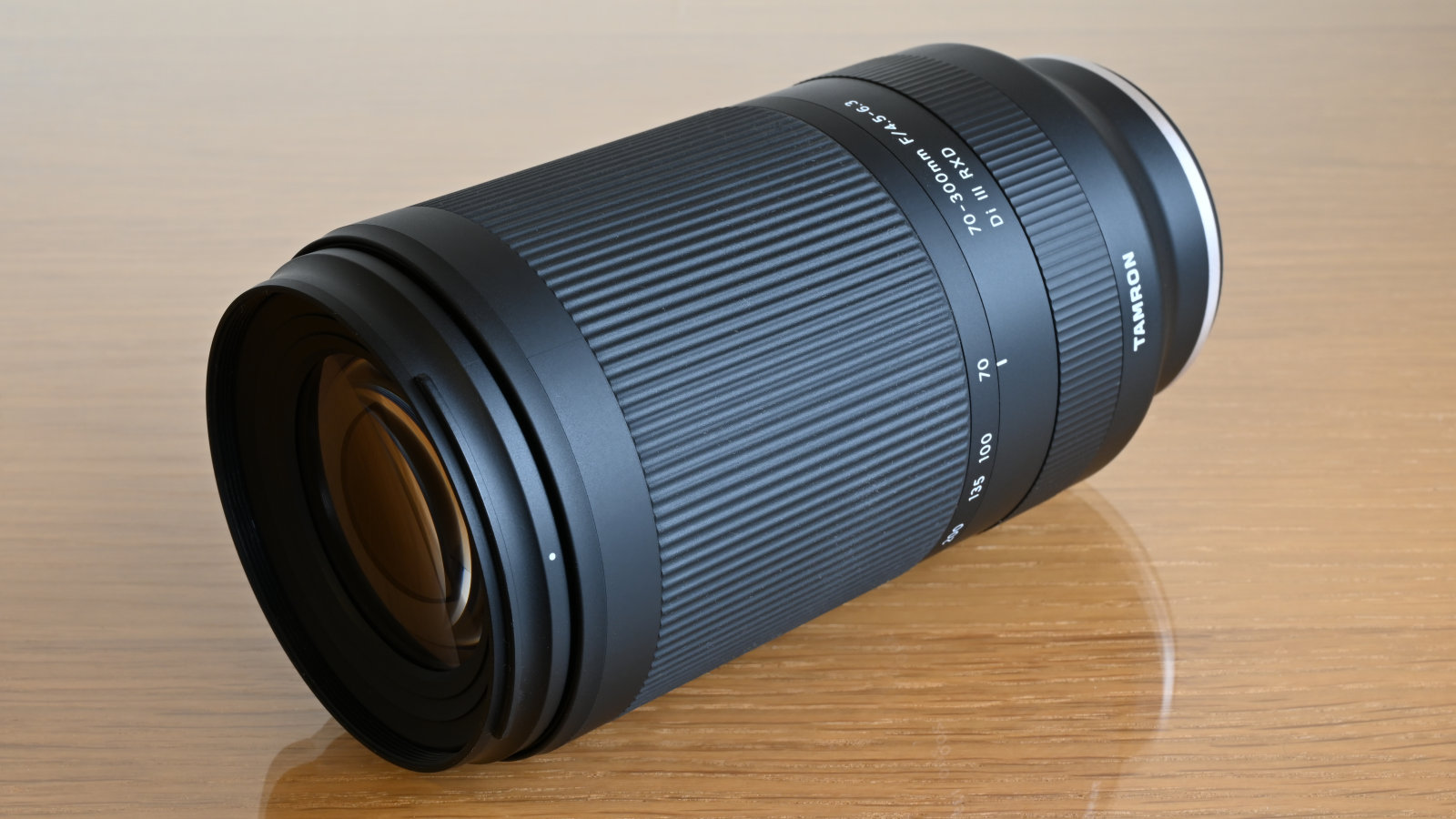
Specifications
Reasons to buy
Reasons to avoid
The Sony A7 II is not really designed as a sports camera, so it's unlikely to be used solely for action and wildlife photography – which means a telephoto zoom might not be high on your list of priorities. This makes the Tamron 70-300mm f/4.5-6.3 Di III RXD ideal as an 'occasional' telephoto, offering decent image quality at a very good price. I like its classic zoom range, which I remember well from the 35mm film era, and that it's much more compact and lightweight than many telephoto zooms.
Read more: Tamron 70-300mm f/4.5-6.3 Di III RXD review
Best super-telephoto lens for the A7 II
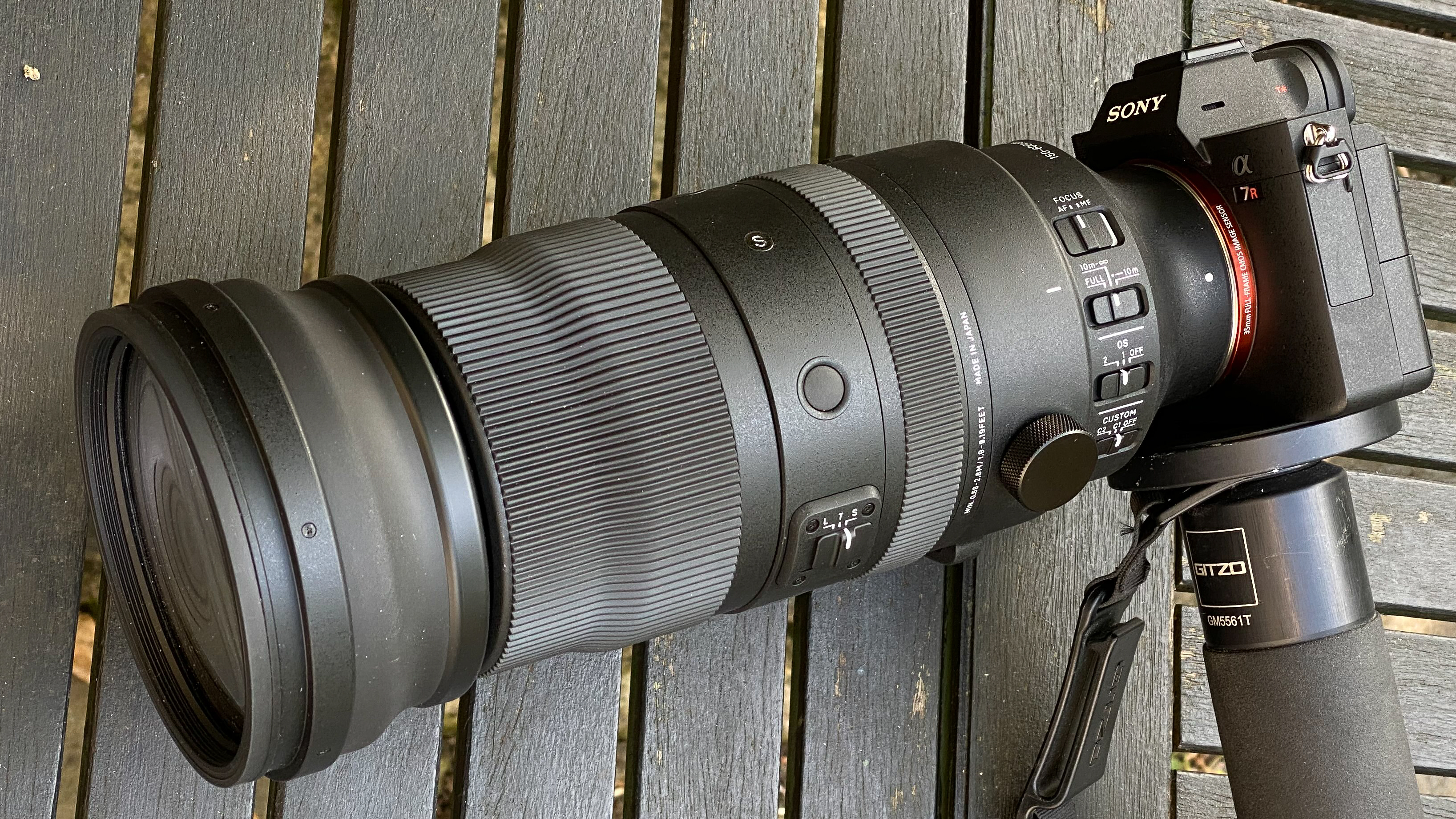
Specifications
Reasons to buy
Reasons to avoid
A retooling of the already excellent DSLR lens, the Sigma 150-600mm f/5-6.3 DG DN OS Sports is a great lens for bird photography, airshows and all manner of different sporting occasions.
The autofocus is excellent, though you'll need to make sure your camera is set up properly to take advantage of it. The build quality of the lens is also impressive – while I'm not going to pretend this is a lightweight lens, it handles well, with tactile zoom and focus rings and a series of on-body controls for functions like AF speed, stabilization intensity, and in a new feature for the mirrorless version, Zoom Torque control to adjust the resistance of the zoom ring.
Read more: Sigma 150-600mm f/5-6.3 DG DN OS Sports review
Best macro lens for the A7 II
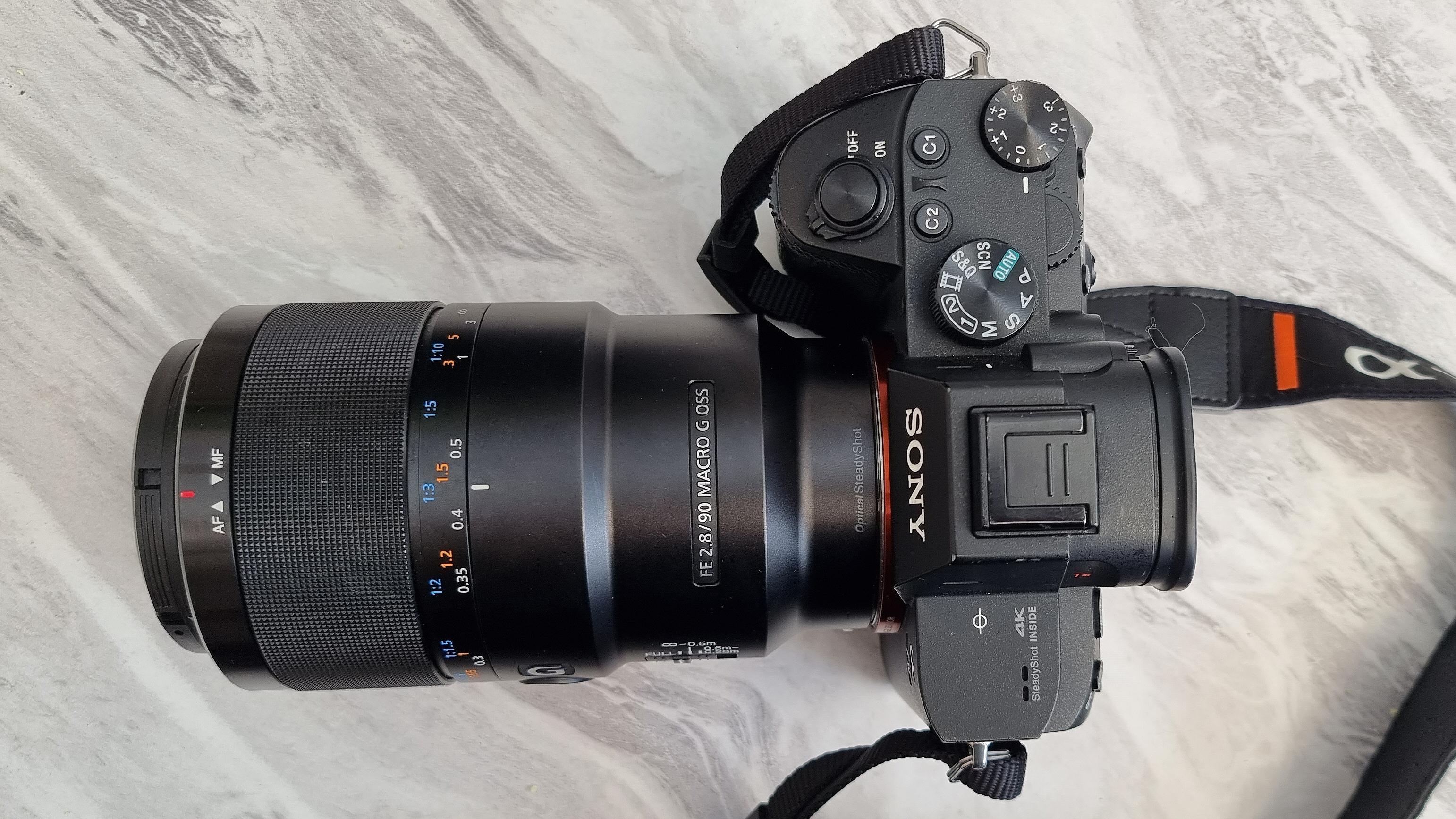
Specifications
Reasons to buy
Reasons to avoid
The Sony FE 90mm f/2.8 Macro G OSS lens provides full 1:1 magnification, so small objects are reproduced on the A7 II’s image sensor at life size. When you’re getting in that close, accurate focusing is essential, so I like that this lens features a push-pull switch in the focus ring for toggling between manual and auto modes, plus a focus hold button and an autofocus range limiter.
The 90mm focal length is good for portrait shots as well, although the f/2.8 maximum aperture doesn’t compare with those in dedicated portrait lenses.
Read more: Sony FE 90mm f/2.8 Macro G OSS review
Lab data and comparisons
The graphs below show the comparative performance of the lenses in this guide, based on our in-house lab tests. Just for a change, you’ll see that top scores for sharpness go to the cut-price brand of Samyang. Without any swing of barrel to pincushion through its zoom range, the Tamron wide-angle prime shows the worst distortion figure but, as with many recent lenses for mirrorless cameras, it relies on automatic in-camera correction. Color fringing is generally quite minimal.
Scores for sharpness and color fringing are averaged from data taken across the entire image frame, from the center to the edges and corners, throughout the aperture range. For zoom lenses, the scores are also averaged from data measured at all marked focal lengths, and the same applies to distortion. Bear in mind that these average values don't fully reflect specific areas of performance. For example, a zoom lens might have noticeable barrel and pincushion distortion at its shortest and longest focal lengths respectively, which tends to average out when looking at the data overall. For more detailed graphs of each lens's performance, which give the full picture, check out the graphs in our full standalone lens reviews.
How to choose the best lens for the Sony A7 II
The A7 II, like all Alpha 7 cameras, uses the Sony E lens mount. Sony’s own E-mount lenses have either FE or E in their model names: all work on the A7 II. FE lenses are designed for use with full-frame Sony cameras, including the A7 II, so these should be your first choice. If you are buying a third-party E-mount lens, check that the lens is designed for use with full-frame Sonys.
Sony lenses with an E (rather than FE) prefix are designed for APS-C format cameras such as the A6000 series. On the A7 II, they produce a cropped image, so they’re not an ideal choice.
Check out our guide to the best Sony lenses if you want to know more
How we test lenses
The lens experts in our testing lab run a range of tests under controlled conditions, using the Imatest Master testing suite. Photos of test charts are taken across the range of apertures and zooms (where available), then analyzed for sharpness, distortion and chromatic aberrations.
We use Imatest SFR (spatial frequency response) charts and analysis software to plot lens resolution at the centre of the image frame, corners and mid-point distances, across the range of aperture settings and, with zoom lenses, at four different focal lengths.
There's more to it than just the technical side, though! Beyond the lab, our reviewers test lenses in real-world environments – and sometimes on professional shoots! We work with lenses both indoors and outdoors, in studio conditions and in natural light, with as many different subjects as is possible (or appropriate – there's no point testing a landscape lens' ability to shoot a portrait!).
We take into account everything from handling and ease of use to speed of autofocus and the overall quality of the images produced.
Find out more about how we test and review on Digital Camera World
Get the Digital Camera World Newsletter
The best camera deals, reviews, product advice, and unmissable photography news, direct to your inbox!

Rod is an independent photography journalist and editor, and a long-standing Digital Camera World contributor, having previously worked as DCW's Group Reviews editor. Before that he has been technique editor on N-Photo, Head of Testing for the photography division and Camera Channel editor on TechRadar, as well as contributing to many other publications. He has been writing about photography technique, photo editing and digital cameras since they first appeared, and before that began his career writing about film photography. He has used and reviewed practically every interchangeable lens camera launched in the past 20 years, from entry-level DSLRs to medium format cameras, together with lenses, tripods, gimbals, light meters, camera bags and more. Rod has his own camera gear blog at fotovolo.com but also writes about photo-editing applications and techniques at lifeafterphotoshop.com
